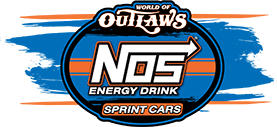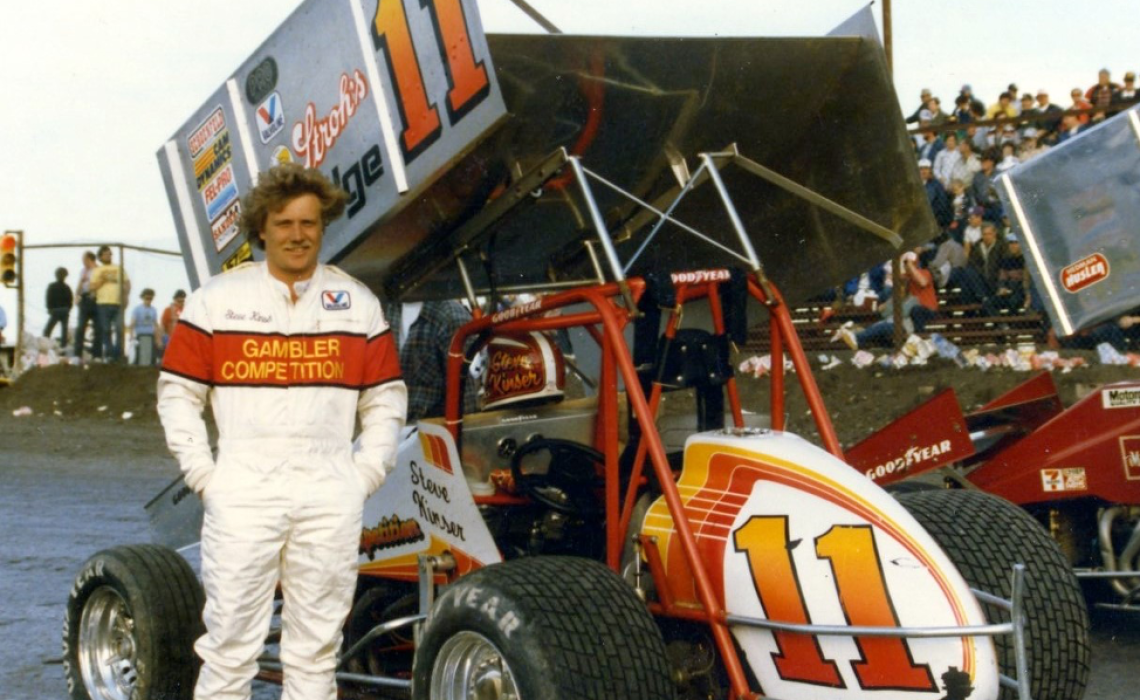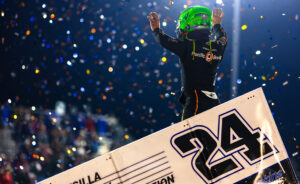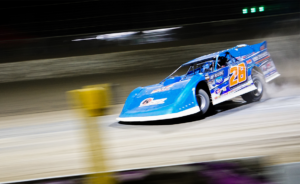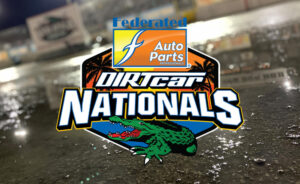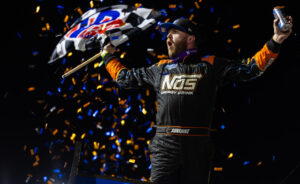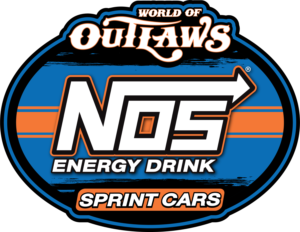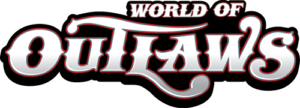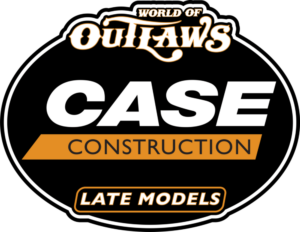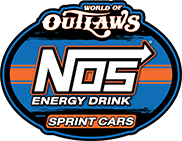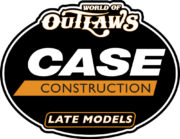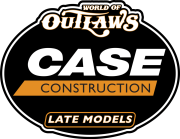There are 47 of these United States in our Lower 48. Then there’s Texas. It has its own language, attitude and longest stretch: 825 miles from the Rio Grande to Sabine Rivers. In between is everything from desert reeking of petroleum to pristine beach at South Padre Island. No state has more cattle, horses, sheep, goats, wind power, or dead murderers.
Texas attitude is fierce independence rooted on the lonesome prairie when law enforcement was the family rifle. For a decade, Texas stood as its own Lone Star Republic between Mexico and America. Six Flags Over Texas is more than just an amusement park in Arlington but also the number of state governments since 1680. Mexico sold Texas to D.C. for 18 million in 1850 and “Occupied Mexico” is what Schertz native Steve Earle still calls home. Statehood was shaky after Texas sided with Civil War rebels. When the lawless land became the safest haven for mercenaries who turned pistols on bank tellers and fled the noose, Texas Rangers became an extra police force active yet in 2020. “Gone to Texas” meant the same as “Wanted: Dead or Alive!”
Lone Star dollars were driven by cattle and oil that made millionaires of cowboys overnight. Some poured themself a cement pond. Others like Lamar Hunt bought football teams. Ken Rich and Paul Lacey laid cash for an A.J Watson roadster that won the 1960 Indianapolis 500 with Jim Rathmann, who would mentor teenage Bobby Allen. Ken-Paul Racing threw a Texas-size celebration that shot holes in more than one marriage. Less hedonistic Texans built Christain colleges and lavish hospitals such as the Brooke Army Medical Center in San Antonio that healed burn victims A.J Foyt, Jim Hurtubise and Mel Kenyon.
Texas and the World of Outlaws are inseparable. The Devil’s Bowl in Mesquite was where the series was born. Wichita Falls and Plano was where organizer Ted Johnson leased office space. Houston alone has hosted Outlaws on three suburban speedways. For the first six seasons, The Bowl and Big H Motor Speedway were the only places where Texans could see the World of Outlaws. Mesquite manager Lanny Edwards hoped Kilgore was far enough from his fanbase when LoneStar Speedway opened in 1984.
Landing at LoneStar with Lee Osborne was young Joe Barlam on his way to Indy 500 and dragster stability. Joe raved of its Friday Night Lights. “You know how every pit area has a dark corner where a guy in a hurry can piss? Well, Kilgore doesn’t have any.” Of course, that changed in an hour when loss of electricity postponed LoneStar’s grand opener by two months. Hooks hero Gary Wright conquered Kilgore in sprint, modified and late model. Lone Star soon shuttered, reopened, shortened and reopened under Sam Hafertepe in 2011 despite the 111 miles from Sam’s Sunnyvale porch. LoneStar’s first six Outlaw features were swept by Sammy Swindell’s Blue Max Racing team owned by Dallas drag racing legend Raymond Beadle.
Battleground Speedway in the Houston suburb of Highlands was born of turmoil at Big H. Ted tried to placate rival promoters until he could convince Norman Martin to lease the newer one. Martin was integral in the World of Outlaws. In the three-night meet that started it all, Norman was first winner with Stanton of Charles “Smiley” Sitton. Martin and Ted Johnson roomed together between marriages as Norman built Action Sportswear into Ted’s top supplier of souvenir T-shirts. Action also restored Outlaws to the Missouri State Fairgrounds in 1997.
Pioneer spirit has long coaxed Texas talent to roam. Foyt from Houston, Fort Worth’s Johnny Rutherford, Lloyd Ruby of Wichita Falls, and Arlington’s Jim McElreath drove sprints and midgets to Indianapolis immortality. Gordon Woolley of Waco actually embraced the term “outlaw” at a time when AAA and USAC spoke it with disrespect. Mitch Smith and Jan Opperman fixed that in 1971 and ‘76. When the World of Outlaws was born in ‘78, Jan and Mitch had been joined in Pennsylvania by El Paso brothers Dub and Van May plus Steve Siegel, founding fathers of “The Hanover Gang” with Florida transplants Allen, Steve Smith and Richard Lupo. Garland’s David James scored at Susquehanna and Sedalia mile before dying at Devil’s Bowl.
History’s second Devil’s Bowl Outlaw weekend opened on victories by El Paso’s Edd French and McElreath machine of Steve Perry. Allen’s Bobby Marshall pulled to Knoxville Nationals and Gold Cup in 1978 before beating Outlaws at 1982 Florida Winter Nationals. El Paso duo Joe McCarthy and Bones Breiten chased the 1981 circuit fifth at Knoxville and eighth at Boone before McCarthy moved to Denver to build sprint cars like the one wielded by 1987 Outlaw rookie Rich Bubak. Bones bagged the 1982 Indy 500 as Gordon Johncock’s tire changer.

The first two World of Outlaws seasons contained cars owned by Nashville concert promoter C.K Spurlock. First was his Loretta Lynn Special for Kentucky legend Charlie Swartz then the Kenny Rogers Special of Dub May, who dusted Outlaws at Eldora, Chicago and Topeka four times in six weeks. Spurlock dropped Dub for Danny Smith in 1980 when C.K started Gambler Chassis Company yet Dub remained the only Texas-born Outlaw winner until 1992 when Gary Wright won at Tri-State. Wright added five more at the Devil’s Bowl that lay 150 miles west of his shop.

Houston handed the World of Outlaws the regal red Blazer Plumbing sevens of Emory Wisenbaker, who employed Tommie Estes, Rickey Hood, Billy Marshall, Jac Haudenschild, Rick Ungar and Brad Doty without one Outlaw win. But when Blazer sent Tim Green and Daryl Saucier down the 1984 trail, the Sacramento/Memphis combo bested The Bowl and I-70. Despite disbanding three months before the season finale, Green garnered ninth in points.
Dallas donated the red Rio Airways J&J with louvered panels that compiled four straight Lone Star checkereds with Shane Carson. As drag racing legends, owner Richard Tharp made Beadle look like a choirboy by briefly ducking the Vietnam War and hanging with Willie Nelson, Waylon Jennings and various Dallas Cowboys at various saloons. Tharp was in the Lion’s lane opposite Don Garlits in 1970 when Don lost half his foot. Tharp accompanied Carson to the first Kings Royal when big blocks on nitromethane were legal. Richard mixed a batch that buried everyone except Steve and Karl Kinser, an ex-drag racer quite capable of tipping the can without launching pistons to the parking lot.
Gary “Deuce” Turrill toiled for Swindell and Beadle before building a white deuce for Houston’s Mike Bishop that made an official Outlaw winner of Ungar at the 1984 Missouri State Fair. Rick had beaten a split field at The Bowl for M.A Brown, the Hall of Fame car owner to Bubby Jones and Chuck Amati. Gary offered Ohio’s Dave Blaney his first coast-to-coast contract and Lou’s kid made Tri-City stars of Lone Star Racing. Haudenschild did portions of three seasons for El Paso sanitation mogul Ted Lee, winning Mini Gold Cup and Denver in 1987. One more red Texas car was Challenger of Amarillo’s Dave Brewer driven by Danny Smith, Johnny Herrera and Doty.
Beadle was the most successful Texan in World of Outlaws history. Only nine hombres own more than his 78 wins. One of a thousand residents of Spur, Texas, Beadle became famous in 1975 by stopping “The Snake” Don Prudhomme at U.S Nationals. Raymond reached two IHRA championships, three more against NHRA then entered the perilous world of car owning. Beadle bought M.C Anderson 27 and kept that number for Tim Richmond and Rusty Wallace, who turned Raymond into Cup king. NASCAR aspirations brought Swindell to Beadle, who gave Sammy six starts at Daytona and Charlotte before one Cup collaboration at Atlanta.

Blue Max sprint cars were 1983-84 Old Milwaukee Gamblers then 1985-87 Challenge Chassis products sponsored by Sizzler Steak House and Kodiak tobacco just like Rusty. Sammy and Beadle were Big H winners in their first try and 11 times in final 15 Texas starts. As is NASCAR protocol, Beadle wanted horsepower secrets to stay in-house and hired one quiet soldier in Bob Westphal, who forged Wesmar Racing Engines when Beadle bowed out. Swindell was already a spit-and-polish dandy of Federal Express and Nance Speed Equipment when he signed with Blue Max but together raised the short track standard with Chaparral trailers built by Beadle on I-635 loop of Dallas where Raymond died in 2014 at age 70.
Texas was torn by civil war in 1989 when the World of Outlaws lost its only two champions to United Sprint Association agitators who staffed a Garland office with disgruntled ex-employees of Ted Johnson. What the Dallas Cowboys called a “strike season” became the most successful one-year reign in contemporary sprint car history written by Doug Wolfgang.
“The Year of the Wolf” was one twisted tale of Texas love that began when one seemingly rich lady took a shine to San Angelo service station owner Danny Peace. Danny had driven some sprints but dreamed of owning one first-class team. Like a genie from a lamp, his new girl granted every wish. Turrill had a new Texas boss. Wolfgang’s Weikert shine had faded and Doug thought a car of his design powered by trusted engine source might restore prominence. He built a few at Brian Schnee’s shop fitted with 406 Warheads by Missouri’s John Singer, winning crew chief at 1975 Knoxville Nationals with Eddie Leavitt and 1976 Tony Hulman Classic with Opperman. They made immediate magic. DP Motorsports won its first five starts and did not stop until 43 wins (26 Outlaw) in 86 starts topped by Fifty Grand at Selinsgrove. Gary was bolstered by Robert Hubbard when “The Ballad of Front Row Bob” truly began.
“We’ve got Orville and Wilbur,” said Hubbard of the two engines Singer sent to Nationals to net 33k. “They’re the Wright Brothers because they fly!”
After their landmark season ended at Devil’s Bowl, DP dissolved in an FBI sting because money had been misappropriated from the Department of Housing and Urban Development.

Much outlaw history has been made on Texas soil. Jeff Swindell’s split field win at The Bowl in autumn of 1980 was his first club success. Spring of 1982 at Devil’s Bowl made 18-year old Bobby Davis Jr. the youngest winner in series history. Booted from The Bowl during The Great Sanction War, Ted Johnson journeyed east on I-30 to North Texas Motor Speedway in Royse City to close the 1991 season with Fram Dash that paid 65k to Sammy. Outlaws stopped at Lubbock Motor Speedway (then Hub City) in 1993-94 when Steve Kinser was undefeated. Greg Hodnett’s first Outlaw win came at Battleground in 1995.

The new millennium brought two new tracks in two weeks in Fort Worth and Baytown’s Houston Raceway Park. Hodnett handled the first field at Texas Motor Speedway. The King swept four of the first six at HRP or Royal Purple academy. Joe Gaerte’s win at Battleground was a series-first by Ohio’s Henry Holbrook Jr. Devil’s Bowl 2000 marked Daryn Pittman’s first Outlaw success. TMS 2003 was where and when Louisiana’s Jason Johnson enjoyed his first Outlaw win. Outlaws diced in Texas every year until 2006 when the series changed ownership.
Eleventh in 2008 points by Hafertepe was the highest Texas score since Dub May. Sam I Am became the third Texan to defeat Outlaws in 2011. Outlaws came to El Paso Speedway Park in 2013-14 via Royal Jones, owner of the Mesilla Valley Transport sponsor to Kraig Kinser and Jason Johnson among others. Royal folded Speedway Park and Southern New Mexico Speedway to better launch Vado Speedway Park, where winter World of Outlaws Late Models will be followed by World of Outlaws Sprint Series on April 24-25. Outlaws picked Cotton Bowl southeast of Austin in 2016 and snared Gator Motorplex above Cut and Shoot in 2017. David Gravel grabbed Gator and one of two at the Cotton Bowl in Paige. In the last two seasons, Aaron Reutzel from coastal Clute became the fourth Texan to win The Greatest Show on Dirt.
The 2020 World of Outlaws NOS Energy Drink Sprint Car Series has Texas touch of Carlton Reimers, who married Lisa Johnson, left the office when father-in-law Ted sold to Boundless in 2006, then returned to a post with World Racing Group. World Racing Group CEO and CFO Brian Carter is the last link to Boundless and also has roots in Dallas metroplex.
The most visible Texan in the World of Outlaws is Austin’s Richard Marshall, proprietor of Priority Aviation that has flown over Ricky Stenhouse, Joey Saldana, Jason Johnson, Logan Schuchart and Sheldon Haudenschild, who won seven races in two seasons. Marshall and Tim Clauson also own a stable of USAC Midgets. When the National Sprint Car Hall of Fame ran out of suites, Richard funded more suites and dedicated them to Tim’s son Bryan, an emerging outlaw killed in a midget.
Tejas meant “friends” among the Caddo natives. The Lone Star Republic boasts 590 native birds and 213 species of reptile in 254 counties. As an example of pure Texas lingo, there is the Boomhauer character in “King of the Hill” animation created by Garland’s Mike Judge. Boomhauer’s 1965 Mustang might have parked at the original Devil’s Bowl on Buckner Boulevard. The toolshed of Texas Ranger loyalist Hank Hill probably had a poster of Richard Tharp, who slapped a slogan across the rear spoiler of his hot rod that read: “A Star I Are, A Saint I Ain’t!”
ok
